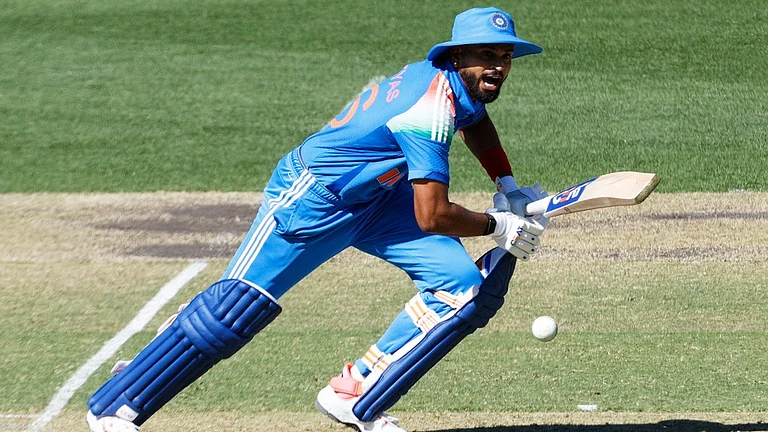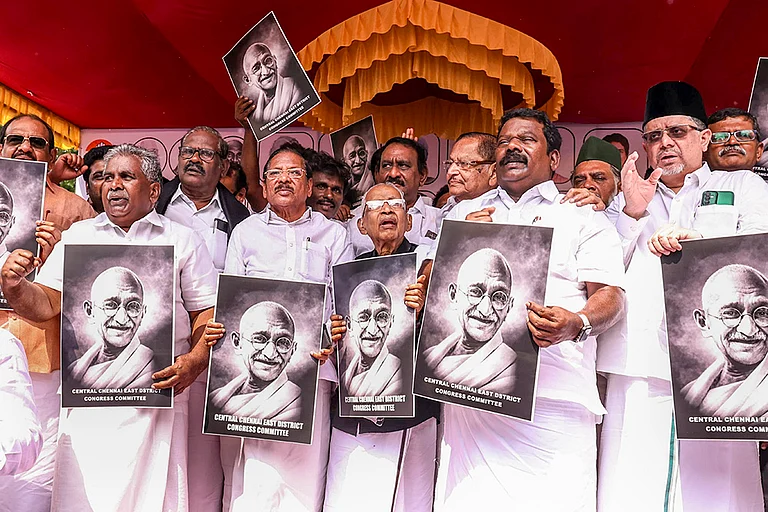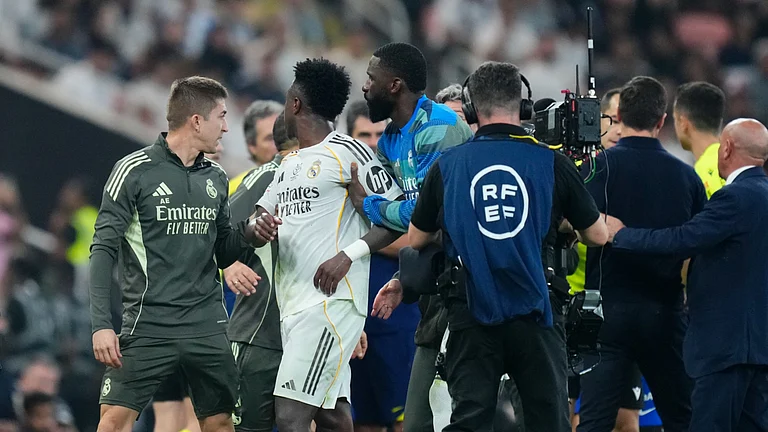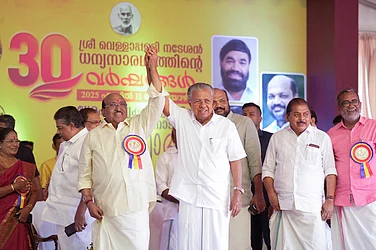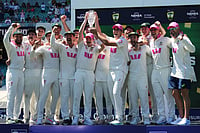PUNJAB chief minister Parkash Singh Badal may have emerged as the sole centre of power in the Shiromani Akali Dal by cutting long-standing rival and sgpc president G.S. Tohra to size. But in the process he has lost many friends-and public goodwill. The Sikh intelligentsia, which had always backed his moderate politics, feels Badal has compromised the ideological crusade he launched in 1994 against the Sikh clergy's meddling in political affairs. The boot is now on the other foot: a politician meddling in clerical affairs.
Public pique over Badal's attempt to establish control over the temporal and spiritual seats of the Sikh faith by supplanting the incumbent jathedar of the Akal Takht is becoming manifest. Says eminent advocate and Akali ideologue G.S. Grewal: 'The reaction of the people is widespread and spontaneous. Two meetings of Akali leaders have been disrupted in the last week. Various organisations have passed resolutions against Badal. It's just the beginning.'
Many Sikh scholars who had backed Badal during his historic face-off with the Akal Takht in 1994, have now censured him strongly. Says author Patwant Singh: 'The cementing factor of Sikh faith is the Akal Takht. It's not just a pile of bricks. You cannot treat the individual who heads it as an adjunct to the government. It's a perversion of the piri-miri (spiritual-temporal) concept.' If the sanctity of the Akal Takht is compromised, the whole edifice of the faith would crumble, he says. In the petty Badal-Tohra battle, it is the Panth which loses.
'The same public which was outraged over Operation Bluestar and Black Thunder is not going to like this,' says Singh. Grewal, who had put himself at risk to back Badal in 1994, observes: 'I have never been in favour of this practice of issuing hukumnamas and awarding punishments. But Badal had no business using state power against the Akal Takht.' Surjeet Singh Barnala, who represents the Shiromani Akali Dal in the Union Cabinet, also censured the chief minister for the manner in which the jathedar has been ousted. As did Badal's crony, influential nri millionaire Didar Singh Bains.
Badal embarked on his dangerous course by first reconstituting the Sikh Gurudwara Judicial Commission (sgjc), packing it with his own men. Then, he took on Akal Takht jathedar Bhai Ranjit Singh using the sgpc and the sgjc, replacing him with a 'friendly' priest. Finally, he sought to oust Tohra from the presidentship of the sgpc, making it clear that it was a fight to the finish.
'Sarkari' priest Giani Puran Singh was installed as jathedar of the Akal Takht on February 15 with much fanfare. Within hours, he had suffered a heart attack and was rushed to the hospital. 'Divine intervention,' snickered a Badal-baiter. For the Sikh faith, it was a moment of crisis, with two jathedars laying claim to the Akal Takht. The installation was unconventional, in that the head granthi of the Golden Temple, Tohra loyalist Bhai Mohan Singh (who had embarrassed Badal by refusing the post of jathedar), did not present a siropa (scarf) to the new incumbent.
The Congress has chosen to keep aloof from the bickering among the Akalis, thus gaining public support. There was, sources say, an element of truth in Badal's assertion that Tohra was trafficking with the Congress. The plan was to engineer a split in the party and instal a well-known industrialist and sad mla as chief minister, with
a 40-member cabinet and Congress support from outside. Barnala, upset with the chief minister for sidelining him, was expected to fall in line. But Barkis (Congress president Sonia Gandhi) wasn't willing and the plan fell through.
The Congress is sitting pretty in Punjab, with rampant corruption in the state administration and the infighting in the sad fuelling anger against the Akalis. Badal's move-as well as the Akali Dal (Mann)-sponsored plan to celebrate the late Jarnail Singh Bhindranwale's birthday-has given Punjab pcc chief Amarinder Singh an opportunity to raise the bogey of fundamentalism in a state just emerging from the nightmare of militancy.
Political observers trace the beginning of the present crisis to the Adampur byelection which the Akalis lost by nine votes. Perceiving that Badal was on a weak wicket, Tohra targeted the chief minister, calling on five loyalists in the cabinet to resign. Having grudgingly allowed Badal to distribute the bulk of tickets in the assembly and sgpc elections, Tohra was ill-equipped to take him on. He commands the support of perhaps 12 mlas, including the five ministers who resigned at his behest and one MP, Prem Singh Chandumajra. Of the 185 sgpc members, he controls just 40.
At this point, he cleverly changed the complexion of the quarrel by bringing Badal into direct conflict with the Akal Takht. Jathedar Ranjit Singh issued a hukumnama commanding the two warring leaders to bury the hatchet until Baisakhi. He then summoned two Badal loyalists-Rajya Sabha MP and newspaper magnate Brajinder Singh Hamdard and Keshgarh Sahib jathedar Manjit Singh-to the Akal Takht. Badal reacted by removing Bhai Ranjit Singh, with the backing of the sgjc and 10 of the 15 sgpc executive members.
The controversy centres around whether the sgpc executive is empowered to remove the jathedar of the Akal Takht. The 1925 Gurudwaras Act is vague on this point. The 'head minister' of the Akal Takht, it says, is appointed-and paid-by the sgpc. However, most intellectuals believe the term refers to the head priest-granthi-of the Akal Takht and not the jathedar. The latter is not the administrator of gurudwara affairs but devotes himself to religious matters.
SAYS Grewal: 'The jathedar is not mentioned in the 1925 Act, hence his appointment or removal is not justiciable.' But scholar Jasbir Singh Ahluwalia argues that the term refers to the jathedar and not the head priest. 'The Akal Takht has been liberated. The clergy cannot be allowed to get too powerful and crush freedom of thought. This is what the jathedar was trying to do through his hukumnamas. It's not just a factional fight but a historical process. The clergy was usurping a position not sanctioned by history or tradition. The Akal Takht is not a thana and the jathedar is not a thanedar. If Badal is remembered for anything, it will be for having cut the clergy to size.'
So far, the jathedar has been appointed by the sgpc, which is regarded as a parliament of the Sikhs, a sort of modern-day 'sarbat khalsa'. But it is required to consult the sant samaj-religious organisations and educational institutions-before appointing a jathedar, who once appointed, has never been removed. The post falls vacant once he resigns or passes away. The jathedar has always been appointed by consensus; this is the first time he has been appointed by a majority. 'The only exception was Jasbir Singh Rode, who was appointed by the militants in a fake sarbat khalsa,' says Grewal.
The reconstitution of the sgjc is also a subject of controversy. Members can be removed on grounds of misconduct or anti-Sikh activity, which did not apply in this case. The life of the commission was perpetual, as per a judgement of the full bench of the Punjab and Haryana high court in 1970. Badal first issued, then withdrew a notification sacking the commission and then issued a second one reconstituting it. A writ has been filed in the high court.
Since the birth of the Akali movement in the 1920s, there have always been two centres of power: the sgpc president and the Akali Dal chief. In his attempt to consolidate power, Badal may have triumphed this time. But the acrimony has left the Sikhs little to rejoice over.








